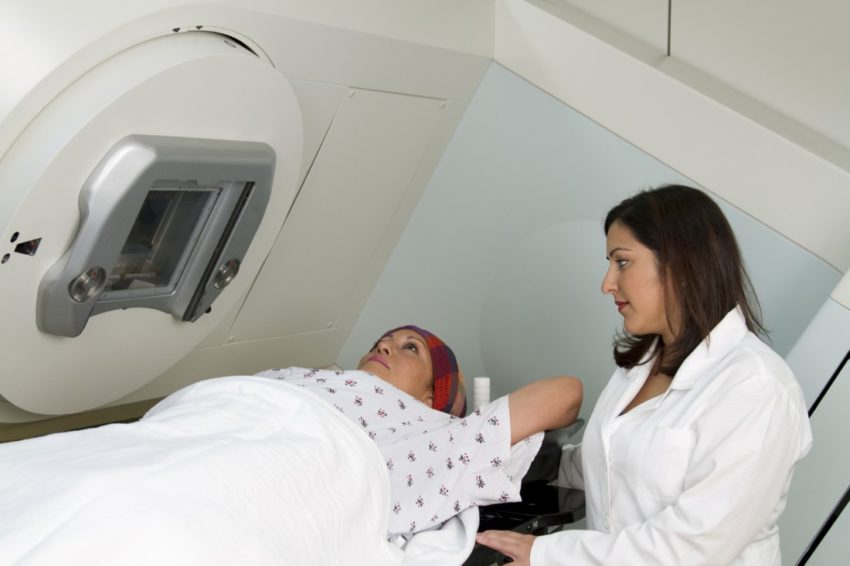
Share On Social!
The overall U.S. cancer death rate fell 27% from 1991 to 2016, according to a recent study by the American Cancer Society.
Good news, right?
Not so fast. The report revealed a disturbing trend: a growing gap in cancer death rates based on wealth.
“It was surprising to see that the disparities by socioeconomic status are actually widening,” Rebecca Siegel, first author of the study and strategic director of surveillance information at the American Cancer Society, told CNN. “Wealth causes differences in exposure to risk factors and also access to high-quality cancer prevention, early detection and treatment.”
Cancer is the leading cause of death among U.S. Latinos. They are more likely to receive a cancer diagnoses in later, less curable cancer stages.
The Bad News
This is bad news for Latinos, as many live in impoverished neighborhoods with a plethora of unhealthy eating options and limited healthcare access.
Socioeconomic inequalities for cancer mortality widened over the past 30 years. The cancer death rate was around 20% higher among people who lived in the poorest U.S. counties than those who lived in the most affluent counties. This includes preventable and highly treatable cancers.
This new finding sheds light on a previous study showing that Latino and black children are more likely to die of numerous childhood cancers than their white counterparts. This too includes preventable and treatable cancers.
Latinos historically face many disparities in incidence and death rates of certain cancers, such as liver, cervical, and rare cancers, compared to their white peers. Siegel’s study indicates these disparities remain.
Plus, Latinos and others in rural areas are more likely to die from heart disease, cancer, and other issues than their urban peers, according to a prior study.
The Good News
As cancer has been a top cause of death in the U.S., it is good news to see a steady drop in mortality for the past 25 years.

“The continued decline in the cancer death rate over the past 25 years is really good news and was a little bit of a surprise, only because the other leading causes of death in the US are starting to flatten. So we’ve been wondering if that’s going to happen for cancer as well, but so far it hasn’t,” Siegel told CNN.
The declining rates are attributed to advances in oncology and early detection as well as programs around the country to reduce smoking, like QUITXT, a text-message cessation program led by Dr. Amelie G. Ramirez at UT Health San Antonio, funded by the Cancer Prevention and Research Institute of Texas.
Additionally, the research showed that a disparity in death rates between black and white cancer patients is narrowing.
“The racial gap in cancer mortality is continuing to narrow — so it was that the cancer death rate in blacks was 33% higher than in whites in the mid-1990s, and the current data now indicate it’s 14% higher — so it’s still higher, but the gap is narrowing, which is really good news,” Siegel said.
Click here to learn more ways to improve healthcare access for Latinos and all people!
By The Numbers
142
Percent
Expected rise in Latino cancer cases in coming years



